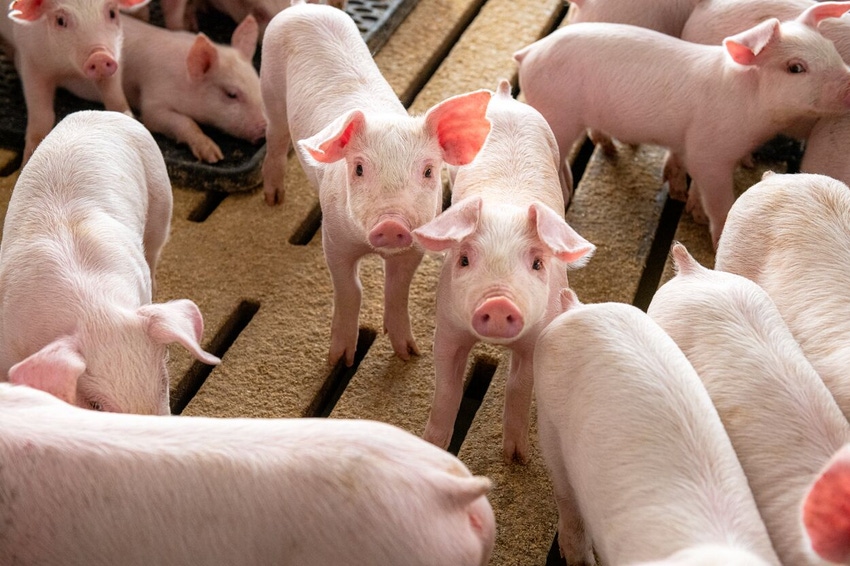New Wean-to-Harvest Biosecurity Program has already received broad producer input into practical, cost-effective and implementable ideas.
December 19, 2022

U.S. swine herd health is vulnerable to emerging domestic and international swine diseases, as the introduction of porcine epidemic diarrhea virus in 2013 clearly revealed. African swine fever, as well as other foreign animal diseases, threaten today.
Checkoff funding has given the Swine Health Information Center the opportunity to focus on emerging swine disease risk. SHIC's 2022 Progress Report, presented to and accepted by the board of directors of the National Pork Board on Dec. 15, details steps taken in 2022 to achieve the mission of safeguarding the health of the U.S. swine herd.
Analysis of swine health data prompted SHIC to adapt its 2022 plan of work mid-year to address a vulnerability identified in nursery, finishing and transport biosecurity. "Data analyzed during the first six months of 2022 highlighted those areas acting as a source of disease spread across the industry, in a never-ending circle," says SHIC Associate Director Megan Niederwerder. "SHIC's new Wean-to-Harvest Biosecurity Program has already received broad producer input into practical, cost-effective and implementable ideas to investigate through this program.”
SHIC sent a national and international call for research proposals to address biosecurity in the wean-to-harvest phase, expecting work to begin this winter. "This is an example of analyzing industry data, being nimble, and willing to change. SHIC changed its direction in quick response to an identified producer need," says SHIC Executive Director Paul Sundberg.
SHIC's international monitoring uncovered an outbreak of Japanese encephalitis virus in Australia early in 2022. Australia's pork producers have lost an estimated 6% to 10% of their production.
"JEV is our potential 'next PED,' but worse because the virus can infect both pigs and people," says Sundberg. "We may be able to stop JEV from arriving in the U.S., or it may get here this week."
SHIC knows the U.S. pork industry can't expect the virus to wait on preparedness efforts so it prioritized the work to address it urgently. SHIC brought together Australian producers, animal health researchers and animal and public health regulatory agencies with the USDA, CDC and U.S. researchers to see what lessons can be learned from the Australian experience to help prevent JEV from getting to the United States or, if it does get in, to be prepared to respond quickly.
SHIC is guided by a board of directors made up of pork producers and swine veterinarians who expect timely, practical and actionable outcomes. Unique among all other meat commodities in the United States, or around the world, the U.S. pork industry had the foresight to look for things coming at it instead of waiting and reacting to what happens.
SHIC, launched by the National Pork Board in 2015 solely with Pork Checkoff funding, continues to focus efforts on prevention, preparedness and response to novel and emerging swine disease for the benefit of U.S. swine health. SHIC is funded by America's pork producers to fulfill its mission to protect and enhance the health of the U.S. swine herd.
Source: Swine Health Information Center, which is solely responsible for the information provided, and wholly owns the information. Informa Business Media and all its subsidiaries are not responsible for any of the content contained in this information asset.
You May Also Like


.png?width=300&auto=webp&quality=80&disable=upscale)
